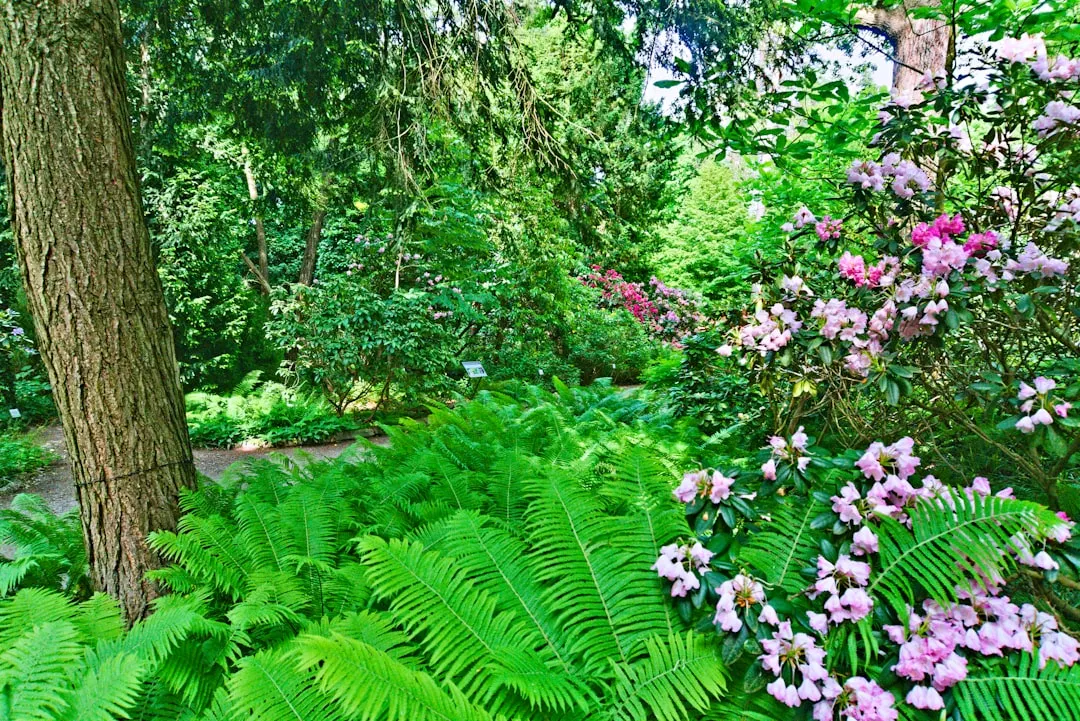Unveiling the Secrets of Cultivating a Stunning Japanese Maple Tree

Embarking on the journey of gardening can be an incredibly rewarding experience, especially when it comes to cultivating a Japanese maple tree. These trees are renowned for their exquisite beauty and grace, adding a touch of elegance to any landscape. In this guide, we will walk you through the step - by - step process of planting and caring for a Japanese maple tree to ensure it thrives and remains a sight to behold as it grows.
### Selecting the Right Location
One of the first and most crucial steps in planting a Japanese maple tree is choosing the perfect location. Japanese maples prefer dappled shade or partial sun. Direct, intense sunlight can scorch their delicate leaves, especially during the hot summer months. A spot that receives morning sun and afternoon shade is ideal. Additionally, the location should have well - drained soil. These trees do not tolerate waterlogged conditions, as it can lead to root rot. Avoid areas at the bottom of slopes where water tends to accumulate. Instead, look for a slightly elevated area or a spot with good natural drainage.
### Preparing the Soil
Once you've selected the location, it's time to prepare the soil. Japanese maples thrive in slightly acidic, rich, and well - drained soil. Start by testing the soil's pH level. You can purchase a soil testing kit from a local garden center. If the soil is too alkaline, you can lower the pH by adding organic matter such as peat moss, compost, or pine needles. Mix these amendments into the soil to a depth of about 12 - 18 inches. This will not only improve the soil's acidity but also its texture and fertility, providing a healthy environment for the tree's roots to grow.
### Planting the Tree
When it comes to planting the Japanese maple tree, you'll want to handle it with care. First, dig a hole that is two to three times wider than the root ball but only as deep as the root ball. Gently remove the tree from its container, being careful not to damage the roots. Place the tree in the center of the hole, ensuring that the top of the root ball is level with the surrounding soil. Backfill the hole with the amended soil, gently tamping it down as you go to remove any air pockets. Water the tree thoroughly after planting to help settle the soil around the roots.
### Watering and Mulching
Proper watering is essential for the health of a Japanese maple tree. In the first year after planting, the tree needs regular watering to establish a strong root system. Water deeply once or twice a week, depending on the weather conditions. Make sure the soil remains moist but not soggy. As the tree matures, it will become more drought - tolerant, but it still requires consistent watering during dry spells. Mulching is also an important part of caring for a Japanese maple tree. Apply a layer of organic mulch, such as wood chips or shredded bark, around the base of the tree, keeping it a few inches away from the trunk. Mulch helps retain soil moisture, suppresses weeds, and regulates soil temperature.
### Pruning and Maintenance
Pruning a Japanese maple tree should be done with caution. The best time to prune is during the dormant season, which is usually in late winter or early spring. Pruning can help shape the tree, remove any dead or diseased branches, and improve air circulation. However, avoid over - pruning, as Japanese maples have a natural, elegant shape that should be preserved. Regularly inspect the tree for signs of pests or diseases, such as aphids or leaf spot. If you notice any issues, consult a professional arborist or use appropriate organic pest control methods.
### Fertilizing
Japanese maple trees do not require heavy fertilization. A light application of a balanced, slow - release fertilizer in the spring can provide the necessary nutrients for healthy growth. Avoid using high - nitrogen fertilizers, as they can cause excessive leaf growth at the expense of the tree's overall health. Follow the instructions on the fertilizer package carefully to ensure you're applying the correct amount.
By following these steps, you can successfully plant and care for a Japanese maple tree, enjoying its beauty for years to come. Whether you're a seasoned gardener or a beginner, cultivating a Japanese maple tree is a rewarding endeavor that will add a touch of natural splendor to your outdoor space.